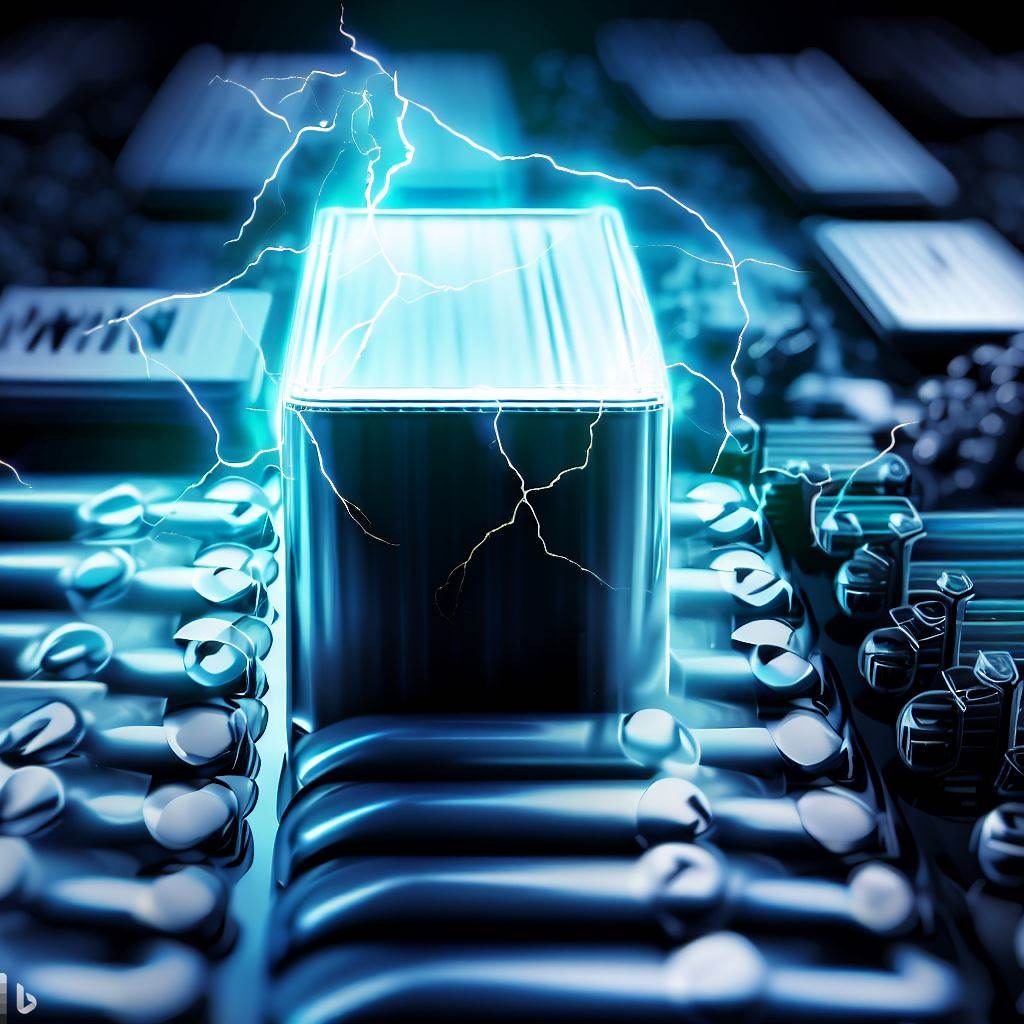
Cell and Battery: Understanding the Basics
Introduction:
In the world of electronics, cells and batteries play a vital role in providing portable power solutions. This article provides an overview of cells and batteries, their components, and types.
Cell:
A cell consists of two electrodes, namely an anode and a cathode, made of different materials. These electrodes are immersed in an electrolyte, where a chemical reaction takes place. As a result, the cell generates a voltage ranging from 1V to 3V. It is important to note that a cell is a single unit and can be either primary or secondary.
Battery:
A battery is formed by connecting two or more cells in series to increase the output voltage. Batteries are commonly used to provide power in various applications. The output voltage of a battery can be 6V, 12V, 24V, and so on, depending on the number of cells connected in series.
Primary Cell:
A primary cell is non-rechargeable, meaning that once the chemical inside the cell is used up, it is discarded. Examples of primary cells include zinc-carbon dry cell batteries, such as the 1.5V torch battery, and alkaline cells like the zinc-manganese dioxide (Zn-MnO2) cell and button cell silver oxide batteries used in distress beacons and computers.
Secondary Cell:
A secondary cell is rechargeable, allowing the chemical reaction to be regenerated to its original state through recharging. Recharging is achieved by feeding a current in the reverse direction using battery charging equipment. Examples of secondary cells include lead-acid batteries, where the anode is made of lead, the cathode is made of lead dioxide (PbO2), and the electrolyte is sulfuric acid (H2SO4). A single lead-acid cell produces 2V, and batteries with 6 or 12 cells connected in series form 12V or 24V batteries, respectively. Another example is the nickel-cadmium (Ni-Cd) battery, which has an anode made of nickel hydroxide (Ni (OH)2), a cathode made of cadmium (Cd), and an electrolyte of potassium hydroxide (KOH). A single Ni-Cd cell produces 1.2V, and batteries with 10 or 20 cells connected in series form 12V or 24V batteries, respectively.
Understanding the differences between primary and secondary cells, as well as the variety of battery types available, is essential for selecting the right power source for different applications. Whether it’s powering portable devices or providing backup power, cells and batteries offer reliable and convenient energy solutions.